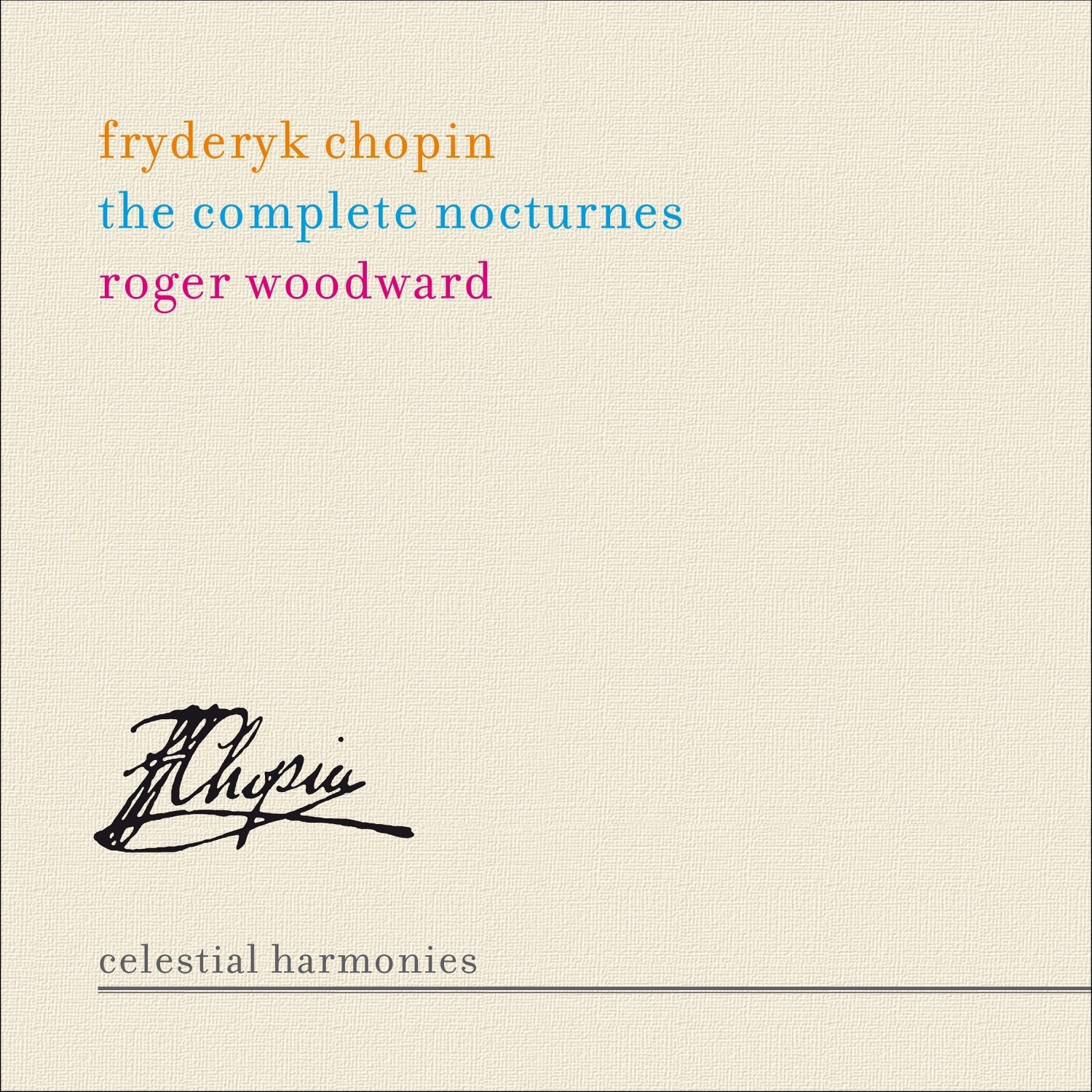2/2/11 – Chopin: Nocturnes
Simplicity is the highest goal, achievable when you have overcome all difficulties. After one has played a vast quantity of notes and more notes, it is simplicity that emerges as the crowning reward of art.
– Fryderyk Chopin
For those of you put off by all the contemporary classical music, these should be a bit more “comfortable.” Chopin’s nocturnes are some of the classical music I remember hearing growing up – whenever dad was in a classical mood or visiting my Grandpa Bob’s house. They’re very “easy listening;” harmonically very tonal, with the occasional flourish of trills, cadenzas, and the lie to keep things interesting. I remember at one point aspiring to learn to play them all. I have no doubt that if I concentrated more on classical technique and repertoire as opposed to branching out, I’d have done so by now.
The first two are some of the most easily recognizable. No. 1 in B-flat minor is one that I always drew on in my ear training classes – the opening notes are a minor 6th, and I still to this day associate that interval to this particular piece. Oddly enough, No. 2 in E-flat major is my go-to example of a major 6th. Chopin seems prone to beginning his nocturnes with sixths…
I find it difficult to write on each of these individually. Stylistically, they have a tendency to run together (No. 3 in B-minor also begins with the same interval,) have around the same tempi, harmonic palate, form, and other characteristics. Of course, each is its own piece, but it’s harder to pinpoint the specific things that separate them than the qualities that bind them. Suffice to say that they are the flagship solo piano pieces of the mid-Romantic era. Less fiery in their passions than Brahms, whose piano works I equally adore, but sweeter and gentler instead. This isn’t of course to reduce them to a cliché or downplay their beauty and importance. Rather to elevate them to the masterpieces that set the standard for generations and generations of composer both before and since.
No. 4 in F-major begins a later set of Nocturnes (Opus 15) and begins to introduce more complexity than the set of the first three (Op. 9.) The development takes off more furiously than anything presented in the earlier pieces. No. 5 in F-sharp major is less familiar than the preceding pieces. Perhaps because some of the technical aspects are slightly more challenging, but the sound isn’t more fulfilling. I’m pretty sure as a pianist, I never considered it when selecting repertoire because “F-sharp major” scared me off. While I prefer to play in sharp keys to flat ones, six sharps were intimidating. Strike that… are still intimidating. No 6 in G minor, on the other hand, I think I remember playing at one point; or at least starting to learn. Yet another weakness I had (and continue to struggle with,) in addition to selecting literature based on key signatures, I lacked the tenacity to finish many, many pieces I began to study. My poor sightreading skills obviously contributed to that.
No. 7 in C-sharp minor begins Opus 27, and feels darker in tone and a little muddier than the two earlier sets. Again, this one feels less familiar. Yet as it starts to dig in and build about two minutes in, I begin to recognize bits and pieces of it. No. 8 in D-flat minor likewise is less familiar and as such, less memorable. I am beginning to wonder if Chopin’s middle nocturnes are less known in general, or if I just tuned them out when listening to them earlier because they started to all sound the same.
No. 9 in B-flat (Opus 32) feels simpler, more childlike than the earlier ones, almost as if it were a nursery rhyme being elevated to the level of a classical composition. No. 10 in A-flat major concludes the opus with a warm sounding waltz. (As a side note, I’ve observed, as have many others, that there are certain keys, such as A-flat, E-flat and D-flat, that lend themselves to sounding “warmer” than others. Yet I’m skeptical of any reasoning behind this… If anyone knows the science behind that phenomenon, I’d love to hear it. And also how it affects harmonic languages outside of traditional harmony.)
Despite the fact that many of the nocturnes are written in minor tonalities, No. 11 in G-minor feels sadder than most of the rest. It lacks some of the “romantic” qualities of the others – the rhythm is more straightforward than the three-against-two found so often. The harmony has a constant feeling of “falling” into resolutions by sustaining tension chords for a longer time and then “setting them down” into the key. Again, it becomes apparent that Chopin’s writing style changes subtly as he progresses from opus to opus. (11 and 12 comprise Opus 37.) No. 12 in G major entertains a more expanded notion of tonality, venturing further from the key than most. At this point, I’m fairly certain I’m outside of the realm of pieces I’ve heard before. It’s interesting to think that even the greats like Chopin had their “B-sides” and their “album filler” tracks. Great pieces on their own, but pale in comparison with others.
At this point, I’m less inclined to continue searching for individual things to say on each piece; viewing all 21 nocturnes as one massive set seems to be clouding my ability to discuss each individual one as a unit unto themselves. I apologize if this seems like I’m taking an unnecessary shortcut, but I’m just going to sit back and enjoy them. As I think they were intended to be experienced.
Tomorrow – The Complete Billie Holiday
Next week – Borodin: String Quartets Nos. 1 and 2

No comments:
Post a Comment